As you may see the Japanese anual events in general at the previous post, here you can know more details of those Japanese observances and cultural events in Spring.
春(January – March)
In Japan, the traditional calendar based on the 24 solar terms (Nijūshi-sekki) defines the seasons differently from the Western concept. For example, January to March is considered “spring” in this system, even though much of the period still feels like winter. This article focuses on the festivals and traditions from January to March, reflecting Japan’s unique seasonal rhythm.(For Japan’s 24 solar terms (Nijūshi-sekki),please refer to “Japanese Annual Events: A Year of Traditions and Celebrations”)
January
1st of January, 0:00 – 除夜の鐘 (Jyoya-no-Kane)
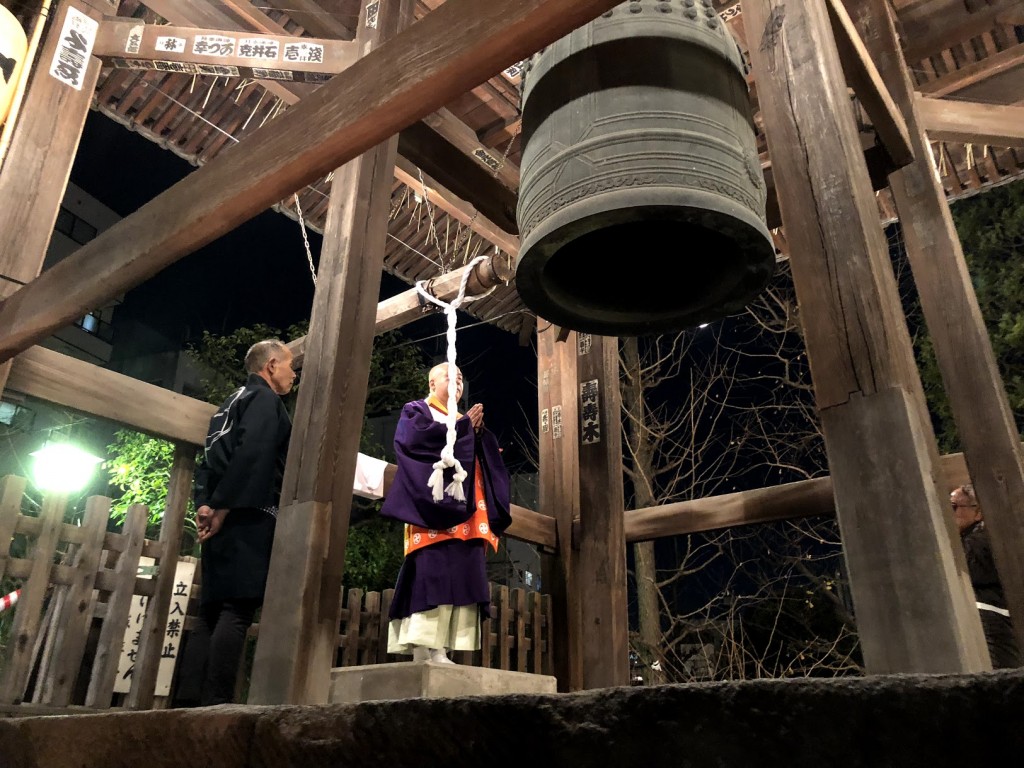
Sensouji temple
“Jyoya-no-Kane” is the ringing of the temple bell on New Year’s Eve. Buddhist temples strike the bell 108 times at midnight. According to Buddhist teaching, humans have 108 earthly desires, and the bell is rung to remove these desires from the heart. This tradition began in the Kamakura period (12th–14th century) at Zen temples.
Morning on 1st of January – 初日の出 (Hatsu-Hinode)
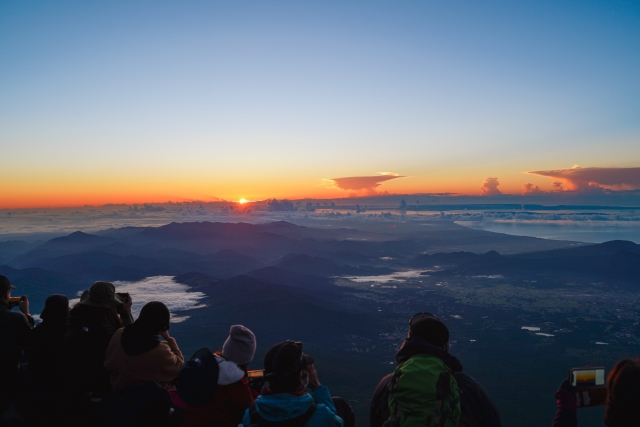
Many Japanese go to the seashore or hilltops before dawn on January 1st to see the first sunrise of the year, called “Hatsu-Hinode.” The Sun is regarded as sacred, and people pray for happiness and safety in the coming year.
1st to 3rd of January – 初詣 (Hatsu-Moude)
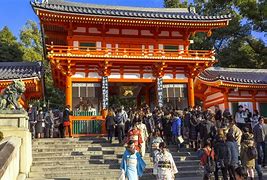
During the first three days, people visit Buddhist temples or Shinto shrines to pray for happiness and health in the new year. Visitors may receive omamori (protective charms) or join in prayer services(祈祷Kito). These three days are called “San-ga-nichi,” and usually most shops and offices are closed, except for stores near temples and shrines. Today, some large supermarkets and entertainment parks remain open.
The ranking of the most visited temples and shrines can be found here. Sensoji in Tokyo ranks No. 4.
Second Monday of January – 成人の日 (Seijin-no-Hi / Coming-of-Age Day)
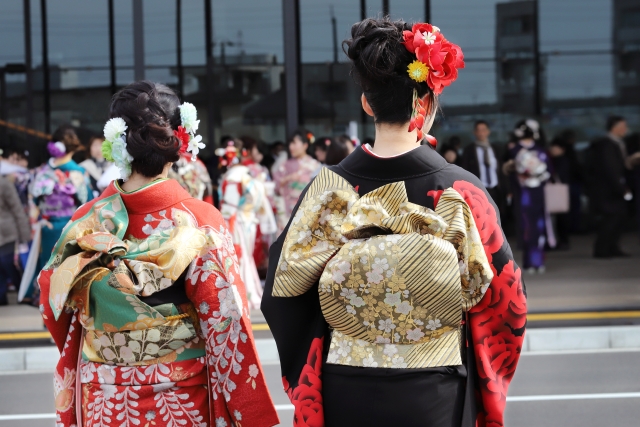
On this day, city governments hold celebrations for twenty-year-old young men and women, who often wear traditional kimono. The custom originates from “Gen-puku,” a coming-of-age ritual for aristocratic boys in the Nara period (8th century), originally held on January 15th. The National Holidays Act of 1948 set this day as a holiday, and in 2000 it was changed to the second Monday of January.
Although the legal age of adulthood was lowered to eighteen in 2022, twenty-year-olds still participate in the ceremony, as alcohol consumption is prohibited for those under twenty.
February
3rd of February – 節分 (Setsu-Bun)
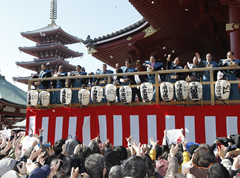
at Sensoji
Setsubun is the day before Risshun(立春), the beginning of spring according to the 24 Solar Terms. Originally, Setsubun was observed one day before each season, but now it is mainly celebrated before Risshun.
On this day, many temples hold rituals to drive away evil spirits and bad luck. One popular custom is “Mame-maki,” throwing roasted soybeans while shouting “Oni wa soto! Fuku wa uchi!” (“Demons out! Luck in!”).
You can find some temples holding the events in Tokyo as well as whole the coutry.
March
3rd of March – ひな祭り (Hina-Matsuri / Doll Festival)

Hina-Matsuri is a festival for girls, celebrated by displaying traditional Japanese dolls. Families pray for the health and happiness of their daughters. The custom dates back to the Heian period (8th–11th century), when aristocratic children played with paper dolls. During the Edo period (17th–mid 19th century), the tradition spread to ordinary families, and dolls became more decorative, forming the style seen today. Some local communities hold Hina-Matsuri festivals. In some local town, Hina-Maturi is held as the town-wide activity(More details).
20th or 21st of March – 春のお彼岸 (Higan in Spring)

Higan is a period around the Spring Equinox (春分Shunbun) for praying for ancestors and deceased relatives. In Buddhism, “Higan” means “the other shore,” representing the world of enlightenment, where ancestors reside. Temples organize Higan prayer services. Higan is also observed during the Autumn Equinox in September.
Late March – Graduation Ceremony
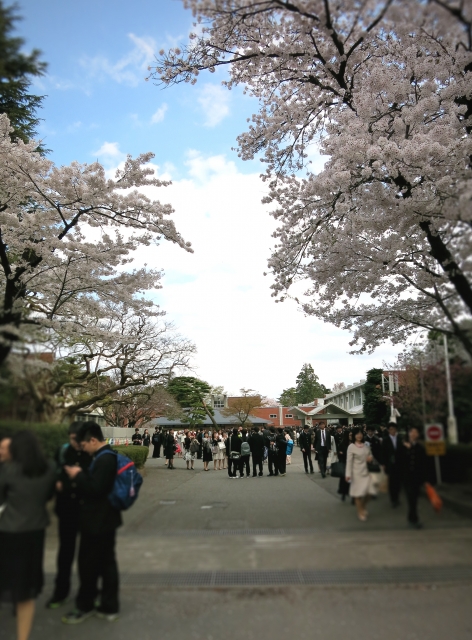
As the Japanese school year starts in April and ends in March, most schools hold graduation ceremonies in late March. Graduation is an important milestone in the life of students. Cherry blossoms often bloom during this time, symbolically celebrating the graduates.
End of March – Sakura (Cherry Blossoms)
Sakura, one of Japan’s most loved flowers, begins to bloom at the end of March. The arrival of cherry blossoms signals the beginning of spring. Sakura is deeply connected to Japanese culture, reminding people of youth and their hometown (Furusato). More about Sakura.
Overview of Anual Events and Details of Each Seasons
Please find the overview of anual events and details of events in each seasons at following posts.
- Japanese Annual Events: A Year of Traditions and Celebrations
- Summer in Japan: April to June – Festivals and Traditions
- Autumn in Japan: July to September – Festivals and Traditions
- Winter in Japan: October to DEcember – Festivals and Traditions
Share Your Thoughts
Have you experienced something similar in your own culture?
Your reflections are welcome.
💬 Jump to the comment section


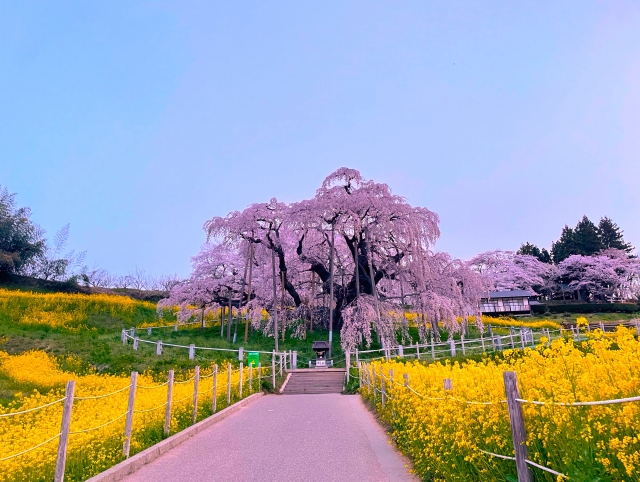


Share Your Perspective